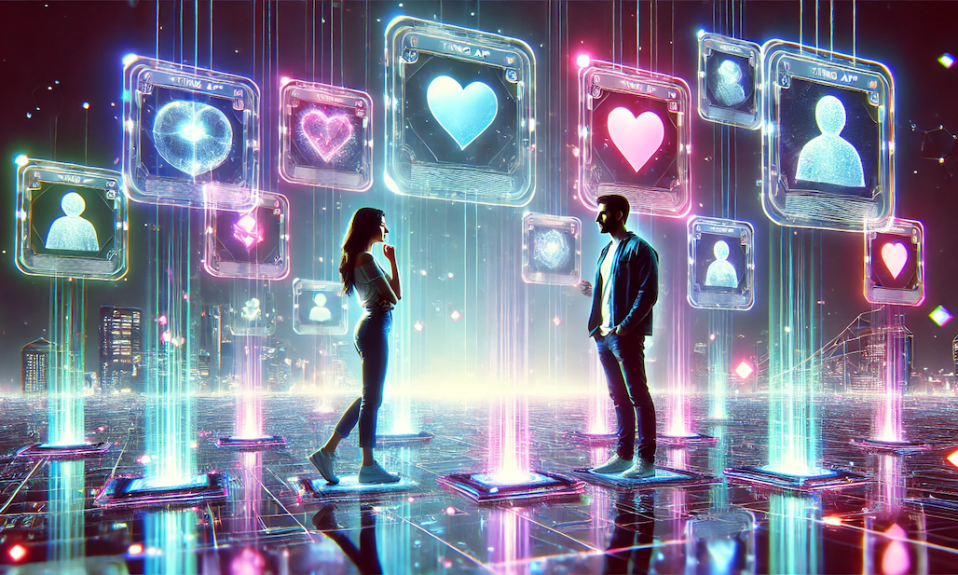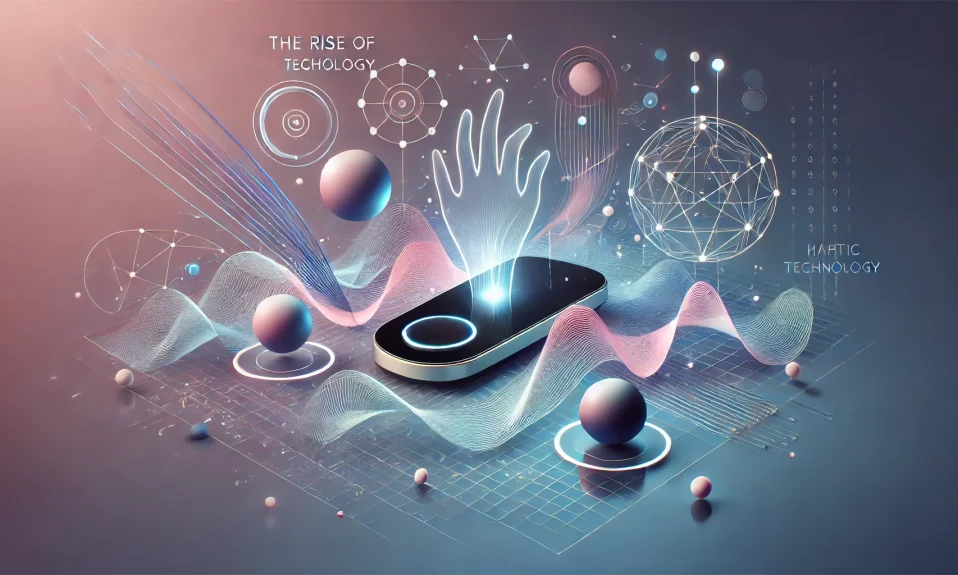
Introduction: The Rise of Dating Apps
Over the past decade, dating apps have dramatically transformed the landscape of modern relationships. Platforms like Tinder, Bumble, and OkCupid have revolutionized how people meet, connect, and even fall in love. What once required in-person interactions or introductions through friends can now be done with the swipe of a finger. These apps offer convenience and accessibility, but they’ve also changed the dynamics of dating in ways both exciting and complex. From casual flings to long-term partnerships, dating apps have created new opportunities—and challenges—for how we navigate relationships in the digital age.
How Dating Apps Have Changed Relationship Dynamics
Before the age of dating apps, meeting a potential romantic partner was often a matter of chance—encounters at social events, through mutual friends, or workplace connections. Today, it’s as easy as opening an app and swiping through profiles. The sheer convenience of meeting new people online has changed the way relationships form. No longer bound by geographical location or social circles, people can connect with a wider range of individuals than ever before, expanding their opportunities for finding love, casual partners, or even something in between.
For many, dating apps have become a primary way to meet potential partners, especially for those looking for casual encounters or non-traditional relationships. Apps like Tinder have normalized the idea of swiping through profiles for quick connections, which has popularized the idea of instant gratification in dating. Users can make quick judgments based on physical appearance or brief bios, which makes it easier to initiate conversations without the pressure of traditional in-person interactions. This convenience has led to a rise in casual sex and one-night stands, making it more common to find partners for short-term encounters with fewer emotional commitments.
However, this shift toward casual connections doesn’t mean that dating apps are devoid of deeper relationships. Many couples report meeting their long-term partners through dating apps. Apps like Hinge and Bumble encourage users to engage in more meaningful conversations, catering to those looking for lasting relationships. The flexibility of these apps allows users to define their own relationship goals—whether it’s a casual hookup, a summer fling, or the search for true love—offering a tailored experience to meet diverse needs.
Instant Gratification and the New Norms of Dating
One of the most significant shifts brought on by dating apps is the culture of instant gratification. With a swipe, users can match, message, and meet someone in a matter of hours. This “on-demand” approach to dating has reshaped how people view relationships and intimacy. For some, this ease of connection has been liberating, providing more control over their dating life. For others, it has introduced a sense of detachment, where users often feel disposable in a sea of endless options.
Tinder, in particular, has become synonymous with this new era of dating. Known for its fast-paced, swipe-based system, the app encourages users to make quick decisions based largely on appearance. While this has led to a surge in one-night stands and casual sex, it has also contributed to a “ghosting” culture, where people suddenly disappear from conversations without explanation. The abundance of choices on dating apps can lead to commitment fatigue, as users are often tempted to keep looking for something (or someone) better. This has raised questions about the long-term impact of dating apps on emotional intimacy and relationship stability.
Despite these challenges, dating apps have also provided new opportunities for those who may have struggled with traditional dating methods. For introverts or people who are shy in social settings, apps offer a safer space to initiate conversations and build relationships at their own pace. The ability to filter matches based on specific criteria, such as age, interests, or values, also allows users to find like-minded individuals more efficiently than through chance meetings in real life.
Tinder: The Poster Child of Digital Dating
When discussing the impact of dating apps on relationships, it’s impossible not to mention Tinder. Launched in 2012, Tinder popularized the swipe-based matching system that has since become a staple of the dating app industry. The app’s simplicity and focus on physical attraction have made it a go-to platform for people seeking one-night stands or casual connections.
Tinder has normalized casual sex in a way that previous generations may have found shocking. Its fast-paced matching system encourages users to swipe through potential partners based on looks, with the goal of securing a quick date or hookup. While some criticize this for promoting superficial interactions, others see it as a liberating tool that allows users to pursue their desires without societal judgment.
Despite its reputation for casual hookups, Tinder is not just about fleeting encounters. Many users have found meaningful relationships through the app, proving that it’s possible to swipe your way into a long-term partnership. In fact, Tinder has reported that a significant number of its users are seeking something more serious, even if the app’s interface suggests otherwise. This dual functionality—offering both casual flings and serious relationships—has helped Tinder maintain its popularity, making it a key player in the evolution of online dating.
The Future of Relationships in the Age of Dating Apps
As dating apps continue to evolve, so too will their impact on modern relationships. With advances in artificial intelligence (AI) and data-driven matchmaking, future apps may offer even more personalized experiences. AI-powered dating apps could potentially predict compatibility with even greater accuracy, based on factors beyond physical attraction, such as personality traits, communication styles, and long-term goals.
While dating apps have already made it easier to meet new people, the future may bring more integrated experiences, combining digital and in-person interactions. Some apps are already experimenting with virtual dating features, such as video chats, which allow users to engage more personally before meeting in real life. This hybrid model of digital and face-to-face connection may help bridge the gap between online and traditional dating, offering users a more balanced approach to forming relationships.
At the same time, dating apps will need to address some of the challenges they’ve created, such as ghosting, emotional detachment, and the pressure of having too many choices. For relationships to thrive in the digital age, it will be important for users to strike a balance between enjoying the benefits of these apps and maintaining emotional connections that go beyond the surface.


